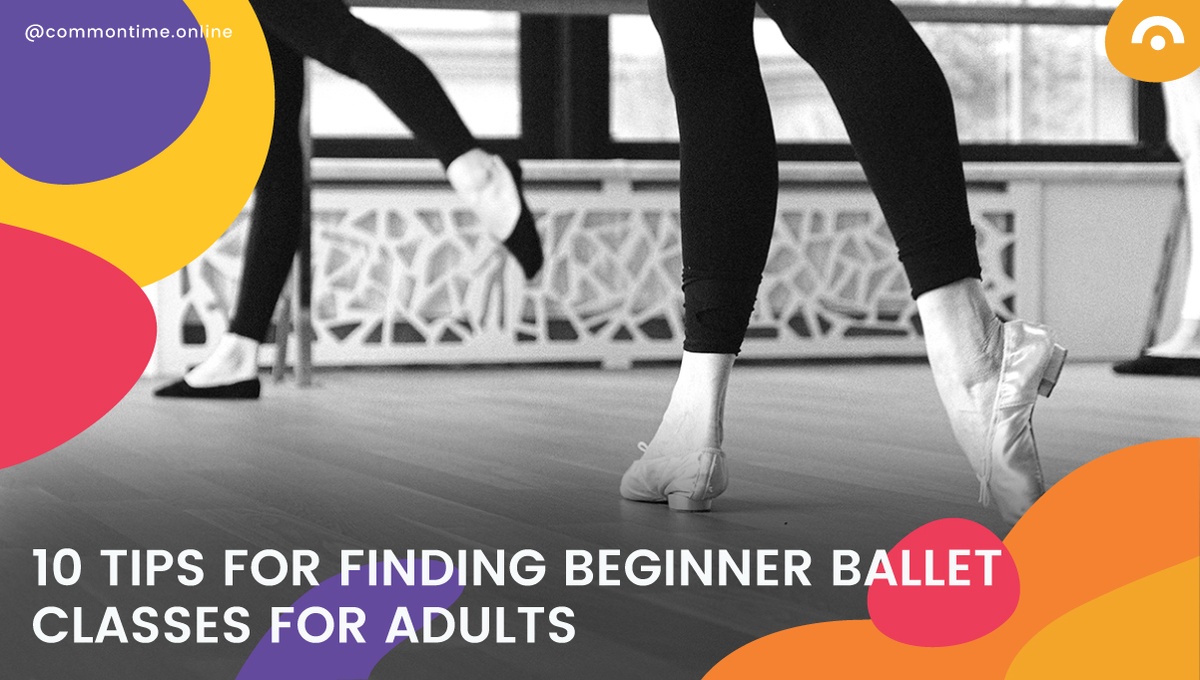Are you an adult looking to start taking beginner ballet classes? You've come to the right place! Taking beginner ballet lessons as an adult can be both daunting and exciting at the same time, but with the right guidance and a few helpful tips, you can jumpstart your journey into the world of dance. Online ballet classes are the perfect way to get started with the art form, as they provide a safe space to learn the basics.
To help you get ready, we’ve gathered 10 helpful tips to get you started on the right foot. From what to wear to how to practice between classes, these tips will help make your first ballet classes fun and enjoyable.
Understand The Basics of Ballet:
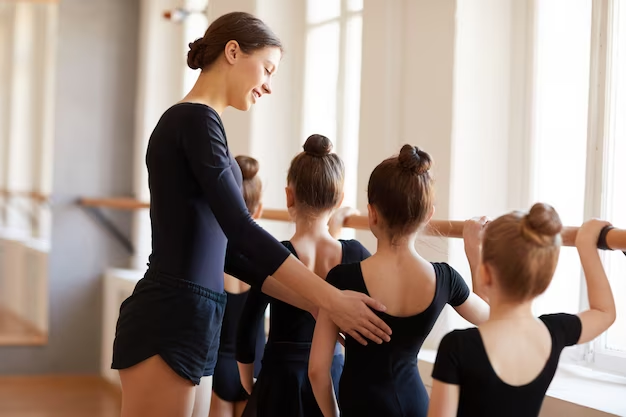
Ballet is a dance form that originated in Italy during the Renaissance period and was later developed in France and Russia. Ballet is characterized by graceful and fluid movements that require a high degree of strength, flexibility, and control. Learning ballet will teach you to hold your body in specific positions, move gracefully, and have a strong sense of balance.
Whether you're an adult starting ballet for the first time or returning to it after years away, it's essential to understand the basics of this dance form. To master these skills, you'll need to attend regular ballet dance classes for beginners and work diligently at home. If you're unable to attend in-person ballet classes for beginners, online ballet classes are a great alternative that can offer similar benefits.
Essential Equipment and Attire for Beginner's Ballet Classes:
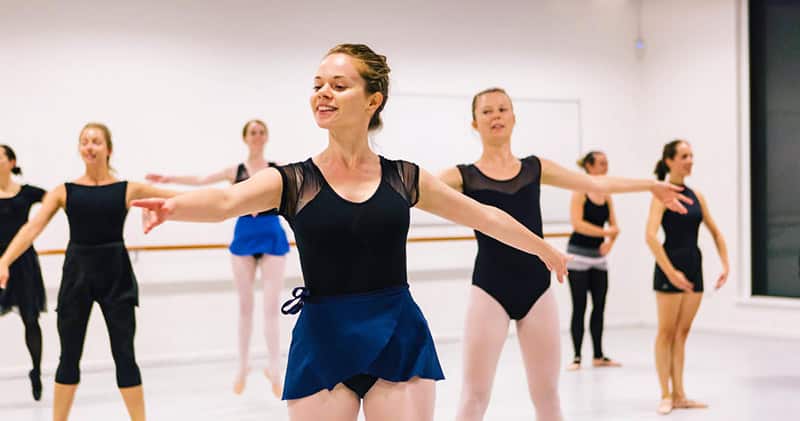
One of the most exciting parts of starting a new activity is gathering all of the necessary equipment and attire. Ballet classes are no exception, as certain items will not only help you look the part but also improve your overall performance. Here are some of the essential equipment and attire that you will need for your beginner ballet classes.
Ballet Shoes
Above all else, it’s important to invest in a good pair of ballet shoes. These shoes are specially designed to support your feet and allow for proper movement and flexibility.
Leotard
A leotard is a form-fitting, one-piece garment that is commonly worn by ballet dancers. It allows for ease of movement and allows the teacher to see your body alignment during class.
Tights
Ballet tights are usually made of a stretchy, breathable material and come in a variety of colors. They provide extra support and help to keep your muscles warm during class. Look for tights with a waistband that won't roll down during class.
Hair Accessories
Long hair can be distracting during ballet class, so it's important to keep it out of your face. A simple hair tie or hair net can help keep your hair in place.
Finding the Right Ballet Class for Adults:
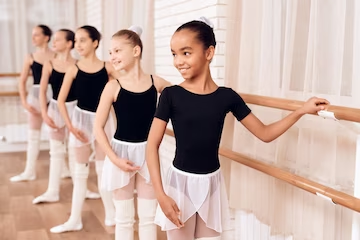
With so many options available, it's important to consider what you want to get out of your ballet experience. Thanks to the internet, there are now numerous opportunities to learn ballet online. Many professional ballet instructors, like Manon from Smashworks Dance, offer online dance classes for beginners, providing the opportunity to learn from some of the best dancers in the world from the comfort of your own home.
When searching for online classes, make sure to read reviews and do your research to ensure the class is reputable and fits your needs. Look for classes that are specifically designed for adult beginners or that offer beginner-level classes. Don't be afraid to ask questions or visit a class before committing to ensure it's the right fit for you. Remember, everyone learns at their own pace, and finding the right class can make all the difference in your ballet journey.
Remember To WarmUp and Stretch Before Your Class
As with any physical activity, warming up and stretching before your ballet class is essential to preventing injury and improving your overall performance. Here are some tips for warming up and stretching before your beginner ballet class:
1. Start with Cardio:
Before stretching, it is a good idea to get your heart rate up and blood flowing through some cardio exercises such as jumping jacks or jogging in place for five to ten minutes.
2. Dynamic Stretching:
Dynamic stretching involves moving your body while stretching to improve flexibility and range of motion. Try incorporating dynamic stretching exercises like leg swings, lunges, and arm circles to help prepare your body for your ballet class.
3. Static Stretching:
Static stretching involves holding stretches in one position for a prolonged period to help increase flexibility and reduce muscle tension. Stretching your legs, feet, back, and arms will also help improve your balance, coordination, and technique.
4. Foot Warm-Up:
Ballet requires a lot of work on your feet, so it's important to warm them up before class. Try rolling your feet on a ball, pointing and flexing your feet, and doing some basic foot exercises like rises and relevés.
5. Take it Slow:
Don't rush your warm-up and stretching routine, and make sure to ease into each exercise. Going too fast can increase your risk of injury, and stretching too quickly can damage your muscles.
Beginner's Ballet Positions and Techniques

The five positions of the feet are the foundation of ballet technique, and you'll use them constantly in your classes.
- Position one involves heels touching and toes pointing outwards.
- Position two involves feet shoulder-width apart, with toes pointing outwards.
- Position three involves one foot placed in front of the other, with the heel of the front foot touching the middle of the back foot.
- Position four is similar to position two but with one foot placed in front of the other.
- Position five involves the feet touching, with one heel in front of the other.
In addition to the positions of the feet, you'll also need to learn the positions of the arms. There are several basic arm positions, ranging from the first position (where the arms are rounded in front of the body) to the fifth position (where one arm is raised above the head and the other arm is rounded in front of the body).
Once you've mastered the basic positions, you can begin learning basic ballet techniques. Plié is a foundational movement in ballet, and it involves bending and straightening the knees. Tendu is another essential technique, and it involves stretching the foot outwards from one of the five positions. Battement is a movement where the leg is lifted and then returned to its original position.
In addition to these techniques, you'll also need to learn basic ballet steps, such as relevé (where you rise onto the balls of your feet), chassé (a gliding step), and pas de bourrée (a small, quick step).
Your teacher will likely spend a lot of time helping you perfect your posture and alignment, so be sure to pay attention and take their feedback to heart.
Developing Good Ballet Habits: Posture and Alignment
In ballet, posture and alignment are everything. Here are a few tips to help you improve your posture and alignment during your beginner ballet class:
1. Keep your shoulders down and relaxed. Many beginner ballet dancers tend to raise their shoulders and tense up, which can lead to unnecessary strain and discomfort.
2. It's important to maintain a neutral spine during ballet movements, meaning that your back should be neither arched nor rounded.
3. Keep your feet properly aligned. Make sure that your feet are turned out from the hip socket, with your heels firmly pressed together and your toes pointing outward.
4. Your head should always be lifted, with your eyes focused on a point in the distance. This not only looks more graceful but also helps to improve your balance and alignment.
5. Slouching or leaning to one side can throw off your alignment and cause unnecessary strain on your body. Instead, focus on standing tall and maintaining a straight, strong posture.
Don't be afraid to ask your instructor for feedback or tips on how to improve your posture and alignment during class – with practice and dedication, you'll be able to perfect your form and take your ballet skills to the next level.
How to Progress in Your Beginner Ballet Class:
Wondering what comes next? Don't worry, we've got some tips to keep you motivated and challenged in your classes.
1. Practice outside of class:
Ballet is all about muscle memory, so it's important to keep practicing outside of your weekly class. Try to spend 10-15 minutes every day going through the positions and movements you learned in class.
2. Take private lessons:
Online dance classes can be a great way to get one-on-one attention and feedback from your instructor. This can help you address any specific areas you need to work on and advance at a faster pace.
3. Ask for feedback:
Don't be afraid to ask your instructor for feedback on how you're progressing and what you can do to improve.
4. Pay attention to details:
As you become more advanced, pay attention to the finer details of each movement and position. This can help you perfect your technique and avoid injury.
5. Watch ballet performances:
Watching professional ballet performances can inspire you and give you an idea of what you're working towards.
How To Avoid Common Ballet Injuries and Strains
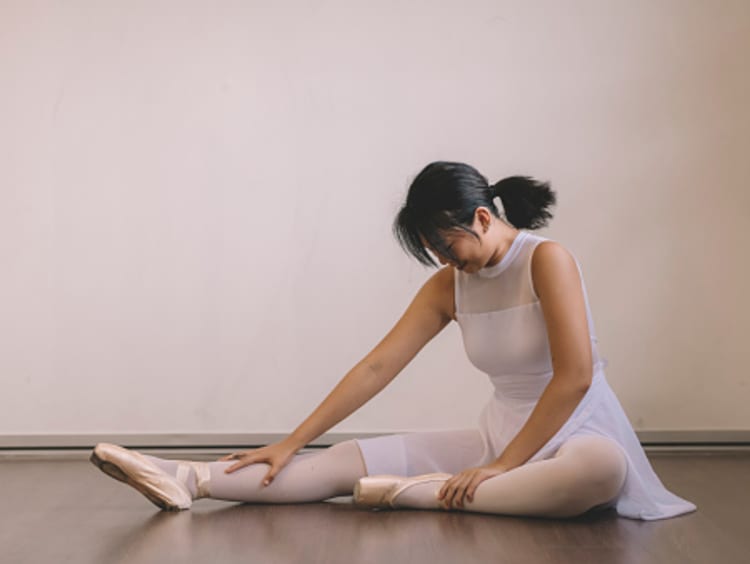
Ballet may look graceful and effortless, but it requires a lot of strength and flexibility. Unfortunately, this also means that beginners are prone to injuries and strains if they're not careful. Here are some tips to help you avoid common ballet injuries and strains:
-
Must Read: 6 Things To Consider Before Doing A Solo Performance
-
1. Listen to your body
If something hurts, don't push through the pain. Take a break and consult your instructor or a medical professional if necessary.
2. Stretch regularly
Stretching helps prevent injuries and improves flexibility, which is essential for ballet. Make sure to warm up properly before class and cool down after.
3. Don't overdo it
Avoid pushing your body too hard too soon. Gradual progress is better than trying to do everything at once.
4. Use proper technique
Ballet has strict rules for a reason. Proper technique ensures that your body is in the right alignment, which reduces the risk of injury.
5. Wear the right shoes
Ballet shoes provide the necessary support and grip for ballet movements. Make sure you're wearing the right shoes for your class level and foot shape.
6. Cross-train
Ballet requires a lot of strength in certain muscle groups, which can cause imbalances if you only do ballet. Cross-training with other forms of exercise helps strengthen different muscles and prevents overuse injuries.
7. Communicate with your instructor
Your instructor is there to help you learn and improve. Don't hesitate to ask questions or voice any concerns you have about your training or injuries.
Remember to always prioritize your safety and listen to your body. Happy dancing!
-
Must Read: How To Improve Your Singing Skills With CommonTime Online
-
Tips for Learning Ballet Choreography:

Once you've become familiar with basic ballet positions and techniques, you'll start learning choreography. Here are some tips to help you learn ballet choreography more effectively:
1. Focus on the Big Picture:
Rather than trying to memorize each movement, focus on the overall structure of the dance. Understanding the choreographer's intent can help you internalize the movements and improve your performance.
2. Break it Down:
Once you've grasped the structure of the dance, break down each section. Practice each section slowly, gradually building up speed and accuracy. Pay attention to the timing, transitions, and nuances of each movement.
3. Visualize the Dance:
Visualization is a powerful tool that can help you memorize choreography more quickly. Try to imagine yourself performing the dance from start to finish, focusing on each movement.
4. Record Yourself:
Recording yourself can help you identify areas where you need improvement. Watching yourself perform can also help you see how the movements fit together and give you a sense of how the dance looks to others.
5. Use Your Breath:
Breathing can help you stay grounded and centered while performing ballet choreography. Focus on breathing deeply and evenly throughout the dance, using your breath to help you move more gracefully.
With regular practice and a positive attitude, you can achieve great things as a beginner ballet dancer.
10. Staying Motivated and Encouraged Throughout Your Ballet Journey
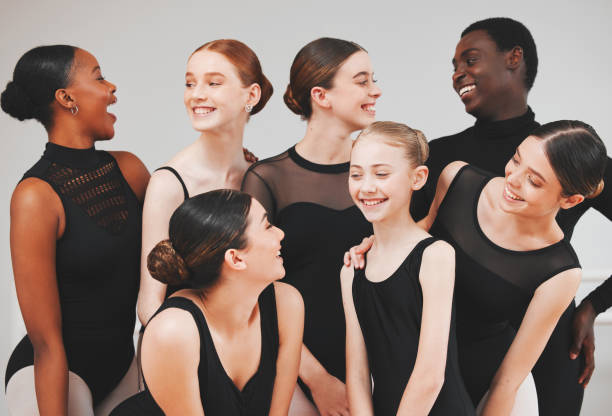
Learning ballet as an adult beginner is an exciting but challenging journey. It requires patience, dedication, and discipline to master the skills and techniques of ballet. But as much as it is physically and mentally demanding, ballet is also a fun and fulfilling activity that can enrich your life in many ways. Whether you want to improve your fitness level, cultivate your artistry, or simply try something new, ballet can be an excellent choice.
To stay motivated and encouraged throughout your ballet journey, learn to set realistic goals and embrace all the challenges that come in front of you. Find inspiration from others to encourage yourself to become better each day! Always learn to take care of yourself and stay positive, it will come to you soon!
-
Must Read: 6 Things To Consider Before Doing A Solo Performance
-
As a beginner ballet student, it's important to remember that progress comes with time, patience, and practice. While the road to mastering ballet may seem long and challenging, it's important to stay motivated and committed to the process. If you're unable to attend in-person classes, don't fret! With the convenience and flexibility of online learning, you can still access quality ballet classes and resources from the comfort of your own home.
Look no further than CommonTime as your ultimate online ballet classes partner! Learn from industry experts like Manon to help you master the nuances of this dance form. Stay focused on your goals, but don't forget to have fun and enjoy the beauty of ballet.
Conclusion
As a beginner ballet student, it's important to remember that progress comes with time, patience, and practice. While the road to mastering ballet may seem long and challenging, it's important to stay motivated and committed to the process. If you're unable to attend in-person classes, don't fret! With the convenience and flexibility of online learning, you can still access quality ballet classes and resources from the comfort of your own home.
Look no further than CommonTime Online as your ultimate online ballet classes partner! Learn from industry experts like Manon to help you master the nuances of this dance form. Stay focused on your goals, but don't forget to have fun and enjoy the beauty of ballet.
